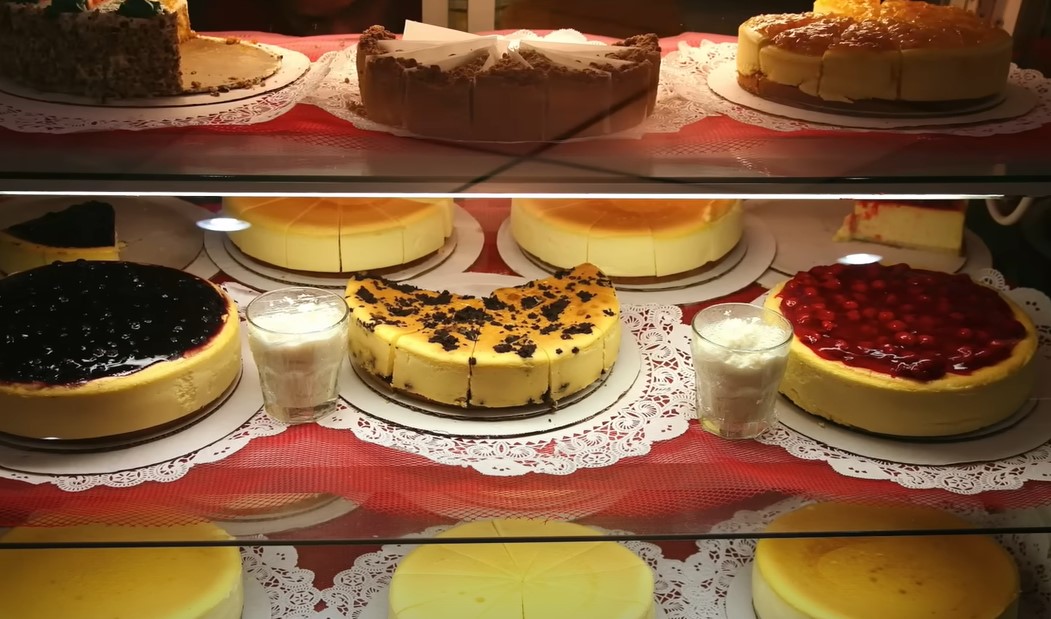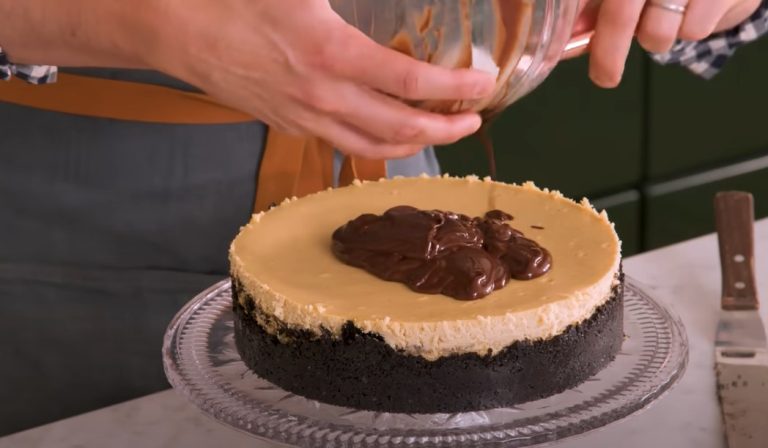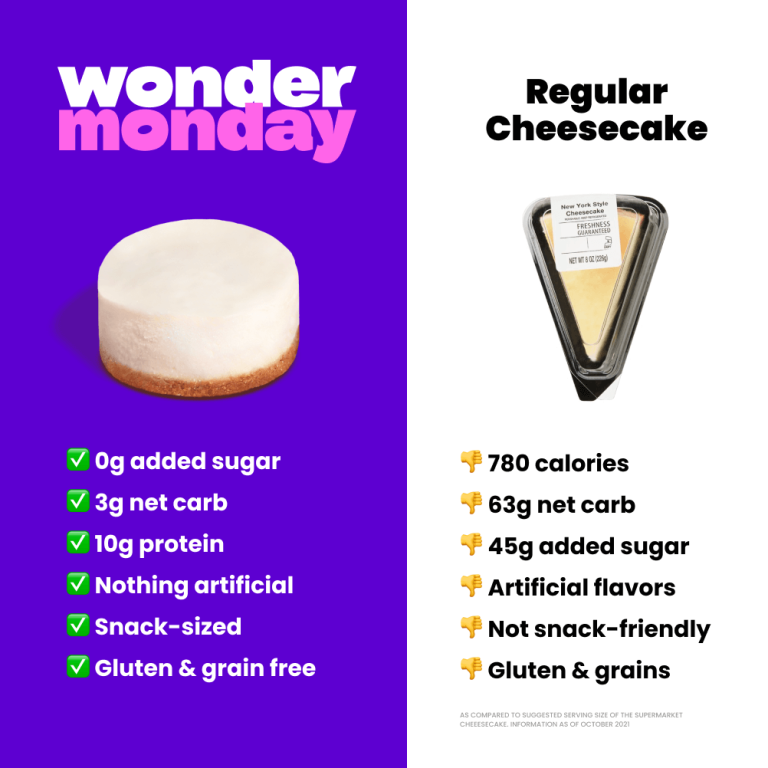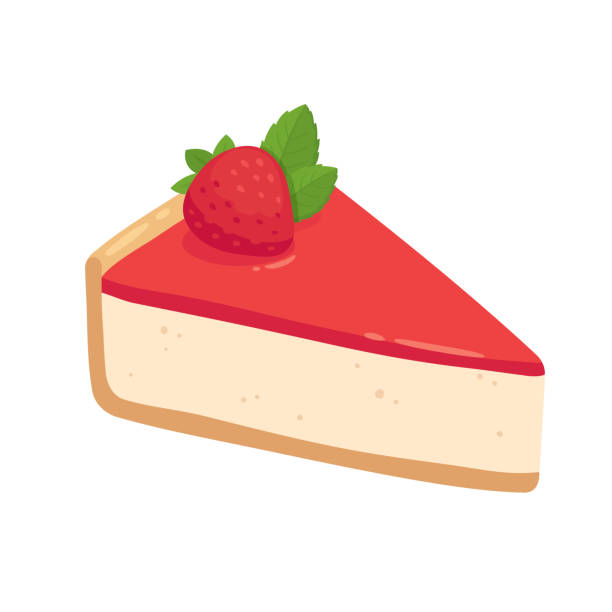Where Did Cheesecake Originate? A Complete Guide
Where did cheesecake originate? Cheesecake originated in ancient Greece, where it was served to athletes during the first Olympic Games in 776 BCE and used in wedding ceremonies.
This beloved dessert has a rich history that spans millennia. From its humble beginnings as a simple mixture of cheese, honey, and wheat, cheesecake has evolved into a global delicacy with countless variations. Let’s delve into the fascinating journey of cheesecake through time.
The Ancient Greek Origins
Early Beginnings
The earliest known cheesecake can be traced back to ancient Greece. Archaeological findings on the island of Samos suggest that cheese molds dating back to 2000 BCE were used to make a primitive form of cheesecake.
Cheesecake in the Olympics
Cheesecake held significant importance in ancient Greek culture. It was served to athletes during the first Olympic Games in 776 BCE as a source of energy.
Wedding Traditions
In addition to its role in sports, cheesecake was also integral to wedding ceremonies. Greek brides would prepare and serve cheesecake to their new husband’s friends and family as a gesture of hospitality.
The First Recorded Recipe
The first known written recipe for cheesecake comes from the Greek writer Athenaeus in 230 CE. The recipe was simple: pound cheese until smooth, mix with honey and spring wheat flour, heat the mixture, allow it to cool, and serve.
Roman Adaptations
The Roman Conquest
When the Romans conquered Greece, they adopted and modified the cheesecake recipe. They added eggs and crushed cheese, baking the mixture under a hot brick and serving it warm. This version was known as “libum” and was often served during special occasions.
Spread Across Europe
As the Roman Empire expanded, so did the popularity of cheesecake. The recipe spread throughout Europe, with each region adapting it to local tastes and ingredients.
Medieval and Renaissance Europe
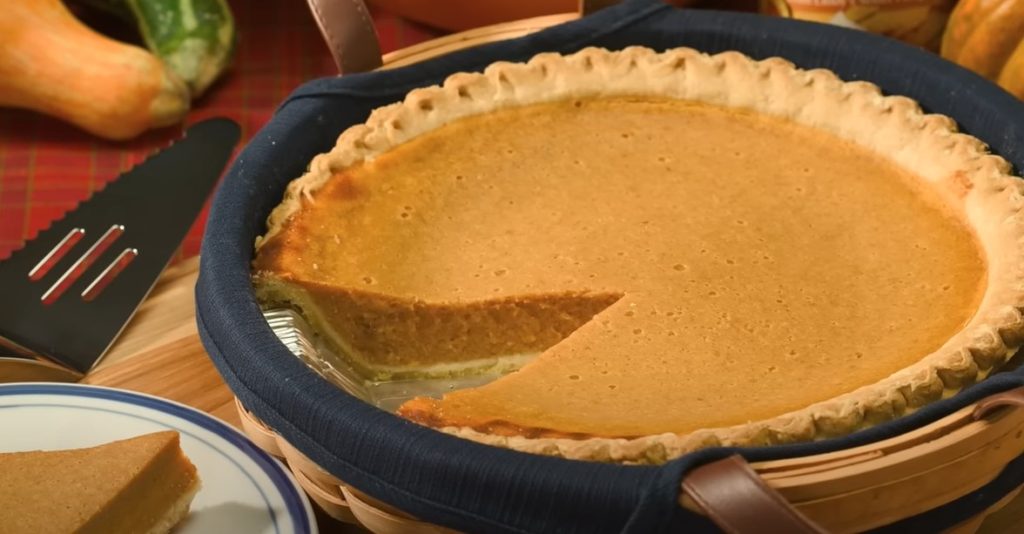
England’s Sambocade
In medieval England, a version of cheesecake known as “sambocade” emerged. This dessert was made with elderflower and rose water, reflecting the local flavors of the time.
Jewish Influence
Cheesecake also became a popular dish among Jewish communities in Europe. In Germany, a cheese-filled pastry called “fluden” was common, while Italian Jews made “casciola,” a ricotta-based cheesecake.
The First Printed Recipe
The first printed cookbook in England, published in 1545, included a recipe for cheesecake, indicating its widespread popularity by that time.
The New World and Modern Variations
Introduction to America
European immigrants brought cheesecake to America, where it continued to evolve. In 1872, American dairymen attempting to recreate French Neufchâtel cheese accidentally developed cream cheese, which became a staple ingredient in American cheesecakes.
New York-Style Cheesecake
The most famous American variation is the New York-style cheesecake, characterized by its dense, creamy texture. It gained popularity in the early 20th century and remains a classic dessert today.
Global Variations
Cheesecake has inspired numerous variations worldwide:
- Basque Cheesecake: Originating from Spain’s Basque Country, this crustless cheesecake is known for its burnt top and creamy center.
- Japanese Cheesecake: Also known as “cotton cheesecake,” this version is light and fluffy, resembling a soufflé.
- Italian Ricotta Cheesecake: Made with ricotta cheese, this version is lighter and less sweet than its American counterpart.
Frequently Asked Questions
1. What is the oldest known cheesecake recipe?
The oldest known cheesecake recipe comes from the Greek writer Athenaeus in 230 CE. It involved mixing pounded cheese with honey and wheat flour, then heating the mixture and allowing it to cool before serving.
2. How did cheesecake spread across Europe?
Cheesecake spread across Europe primarily through the expansion of the Roman Empire. As the Romans conquered new territories, they introduced their version of cheesecake, which was then adapted to local tastes and ingredients.
3. What distinguishes New York-style cheesecake from other types?
New York-style cheesecake is known for its dense, creamy texture and rich flavor, achieved by using cream cheese and a significant amount of eggs. It is typically baked in a graham cracker crust.
4. Are there savory versions of cheesecake?
Yes, there are savory versions of cheesecake. For example, smoked salmon cheesecake is a savory variant that includes ingredients like smoked salmon and Swiss cheese, often served as an appetizer.
5. How did cream cheese become associated with cheesecake?
Cream cheese became associated with cheesecake after American dairymen developed it in 1872 while attempting to recreate French Neufchâtel cheese. Its rich, creamy texture made it an ideal ingredient for cheesecake, leading to its widespread use in American recipes.
Conclusion
Cheesecake’s journey from ancient Greece to modern-day dessert menus around the world is a testament to its enduring appeal. Its ability to adapt to various cultures and tastes has resulted in a myriad of delicious variations, each with its own unique charm. Whether you prefer the classic New York-style, the airy Japanese version, or the rustic Italian ricotta cheesecake, there’s no denying that this ancient dessert continues to captivate palates worldwide
Related Recipes

